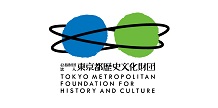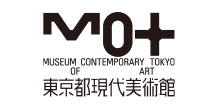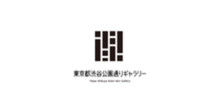Sera Yu Wen Chen
- TOP >
- Archives >
- Residency Program >
- Sera Yu Wen Chen
Institutional Recommendation Program
update: 2024.8.5
Sera Yu Wen CHEN
| Participating Project | Institutional Recommendation Program |
|---|---|
| Activity Based | Taipei |
| City / Place stayed | Tokyo |
| Period | 2024.1 |
Purpose of the residency
The first purpose is to develop the introduction of the King Coconut palm tree in Taiwan during the Japanese Colonial period. Through the research, I discovered that the initial attempt to import the King Coconut tree from Hawaii failed, and success was achieved only after transplanting trees from Shinjuku Gyoen National Garden in Tokyo. This transplantation under the influence of exotic colonization sparked further investigation.
The second is to trace the existence of Chiyoko Fujiwara, who was the representation of Asian women for a sculpture project about races of human beings in the U.S. in 1970.
Plan during the residency
- Collect visual materials, such as historical documents and postcards
- Collect the Tropical Photographic Collection by Kudo Yakuro
- Visiting the Shinjuku Gyoen National Garden for the subject
- Initiate a dialogue and discourse from different cultural perspectives via project presentation
- Find the possible related person or documents about Chiyoko Fujiwara
Activities during the residency
Two distinct research strands have been pursued for this program:
Firstly, a continuation of the project initiated at TOKAS in 2022, focusing on the Japanese Garden and artificial nature across different time frames. The objective is to establish connections with the colonial historical landscape between Japan and Taiwan. During the colonial era, the Japanese government imported palm trees to Taiwan, endeavoring to create a tropical ambiance in the Taiwanese landscape. In this phase, I returned to procure additional visual documentation, specifically images related to the Taipei Botanical Garden, constructed in 1896 by the Japanese government during colonial times.
The second research strand delves into Chiyoko Fujiwara, a figure I encountered during my exploration of Japanese-American history in Chicago. This research aims to explore how the West represents Eastern culture. Chiyoko’s statue, created by American artist Malvina Hoffman in the 1930s, was intended for Anthropology Collections.
Chiyoko was portrayed as an East Asian woman, serving as a representation of a specific race. Consequently, my interest lies in unraveling her background and narratives. To me, even though she was a real person, she is inherently fictional—much like national or cultural identities. They are various forms of fiction, existing to uphold national institutions and borders.
In my research methodology, I eschew traditional academic or anthropological approaches to tracing Chiyako Fujiwara. Instead, I opt for a contemporary and unofficial method, leading me to contact a detective agency in Tokyo. This unconventional choice has proven to be a captivating experience, as my prior knowledge of detective work was largely informed by its portrayal in dramas and TV shows.
Outcome of the residency
During the residency, I unearthed a trove of old postcards featuring Taiwan's palm tree and coconut tree landscapes. Additionally, I stumbled upon a series of books titled "Tropical Album" by Yakuro Kudo, which compiled his photographs of plants in Taiwan. Conceptually, armed with these new found materials, I endeavored to establish a connection with the contemporary landscape in my hometown of Taiwan. The non-native plants, vividly captured in these images, were imported and have collectively evolved into a memory deeply ingrained in the Taiwanese psyche, serving as a symbol of the tropical environment.
In the pursuit of Chiyoko Fujiwara's story, I engaged with the detective agency to seek guidance on investigative methods and associated fees for delving into Chiyoko's life story. Due to project budget constraints, I could only obtain information from their initial investigation. A noteworthy clue they uncovered indicates that the photograph was taken at St. Luke's Hospital in Tokyo, suggesting that Chiyoko may have originated from Tokyo.
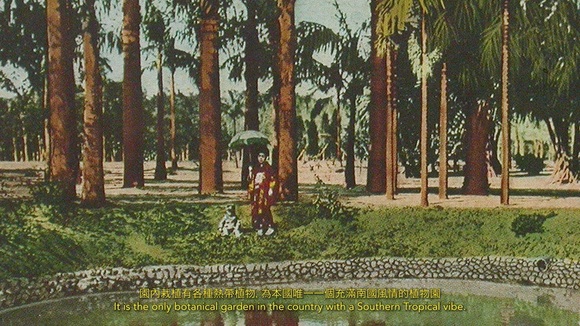
Imagine a Tropical Island: The Landscape in someone’s mouth. 2024, Video, TBD (Working on progress)
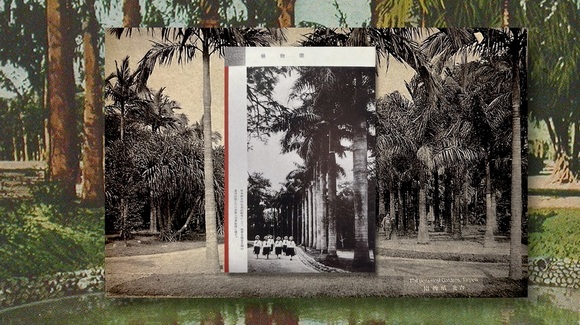
Imagine a Tropical Island: The Landscape in someone’s mouth. 2024, Video, TBD (Working on progress)
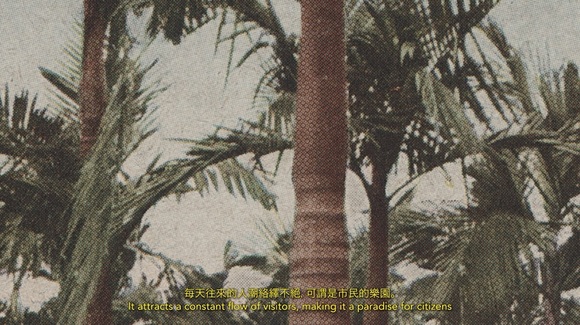
Imagine a Tropical Island: The Landscape in someone’s mouth. 2024, Video, TBD (Working on progress)
Imagine a Tropical Island: The Landscape in someone’s mouth. 2024, Video, TBD (Working on progress)




